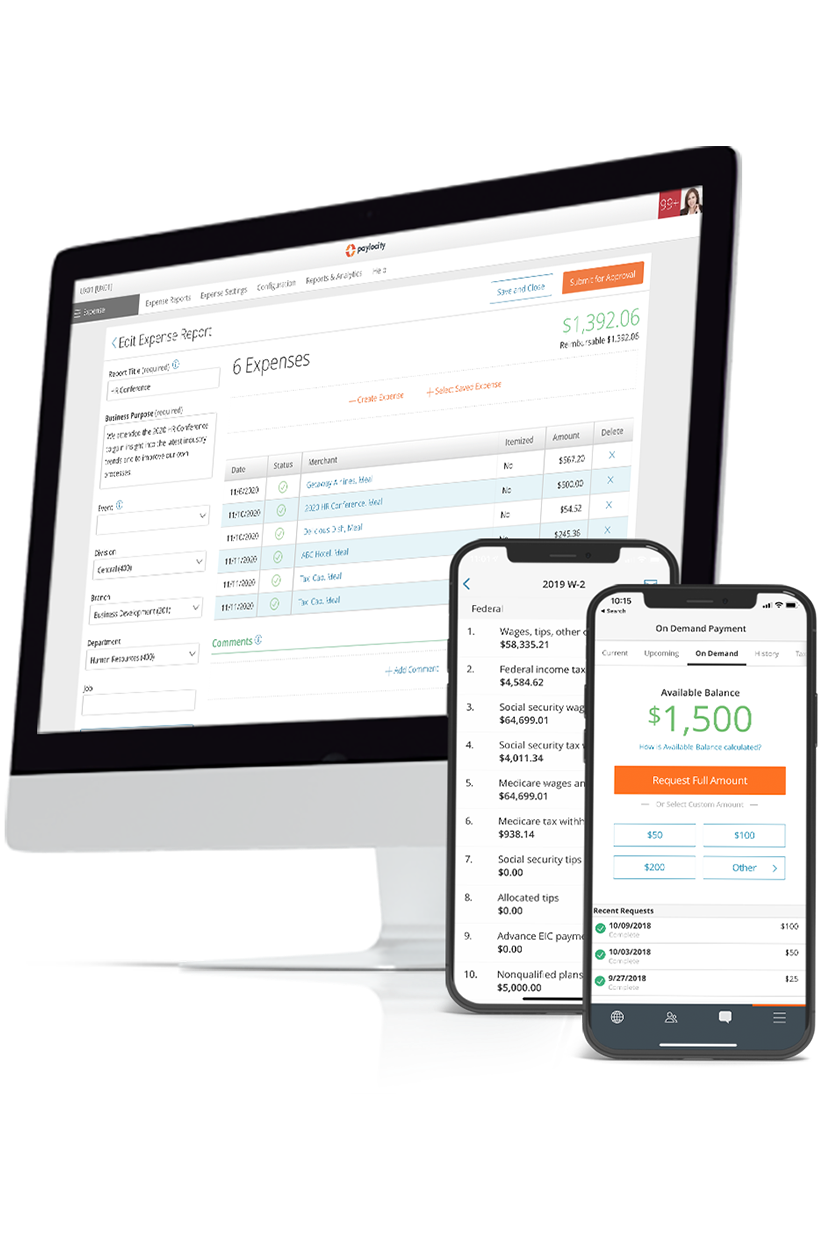Payroll Ledger
Summary Definition: A tool for recording and tracking employee and contractor payment transactions.
What is a Payroll Ledger?
A payroll ledger keeps payroll records organized. It is used to record and track payment information, including expenses, salary payments, and payments to contractors.
A ledger helps ensure payroll is accurate and creates a record in case of confusion, complication, or dispute. If an employee is concerned that their salary hasn’t appeared in their bank account, a payroll ledger can be consulted to verify it was sent on time.
A payroll ledger can identify discrepancies and offer insights about payroll-related matters.
Key Takeaways
- A monthly payroll ledger organizes payroll by recording the payment information and history of employees and contractors.
- A payroll ledger will usually be in the form of a spreadsheet.
- They can be used to determine business expenses, pay totals, the cost of employee benefits, and tax deductions.
What is a Payroll Journal Entry?
The payroll journal entry summarizes the total payroll expenses and liabilities for a period and integrates this information into the company’s general ledger.
This summary information is detailed in the payroll ledger, which serves as a subsidiary ledger, providing detailed, employee-specific payroll transactions. This structure ensures that the company’s financial statements remain uncluttered, while still allowing for detailed payroll tracking and analysis.
In essence, the payroll journal entry records the financial impact of payroll on the company's overall accounting system, while the payroll ledger offers a detailed view of payroll transactions for internal management and reporting purposes.
What Does a Payroll Ledger Look Like?
Ledgers for payroll usually take the form of spreadsheets in which employee details and payment data are recorded monthly.
Dedicated payroll software offers a ledger that may automate repetitive processes, ensure tax compliance, flag when discrepancies occur, and sync with other relevant platforms.
Unlike a generic spreadsheet, specialized software might also allow payroll data to be merged with accounts and tax software.
Payroll software offers a flexible payroll system with security measures and is often used by larger businesses or those handling extensive payroll data. This type of software provides the added convenience of customizable ledger templates, streamlining the payroll management process.
Payroll Ledger Example
The average payroll ledger documents all aspects of employee payments, including employee names, wages or salaries, hours worked, overtime, commissions, and bonuses. It also records deductions for taxes, insurance premiums, retirement contributions, and other withholdings, providing a clear breakdown of net pay.
A pay ledger often includes information about employee benefits, such as healthcare coverage, retirement plans, and paid time off.
Here is an example of the information that often appears on the average payroll ledger, broken down into bullet points:
- Pay date
- Pay period
- Employee name
- Employee ID
- Status (employee, contractor, etc)
- Regular hours
- Vacation hours
- Overtime hours
- Sick hours
- Expenses
- Gross pay
- Federal tax
- State tax
- Local tax
- Medicare deductions
- Insurance deductions
- 401K contributions
- Other deductions
- Net pay
The fields that appear on a payroll ledger may vary depending on location, the nature of business, and the terms of employee contracts. Features can include a ‘Bonus’ field addition to routinely award bonuses. If shrinkage is deducted from wages, this can also be specified in a payroll ledger.
General Ledger
The example format below shows the business financial transactions and payroll-related expenditures that usually appear on a general ledger.
| Date | Transaction Description | Debit | Credit |
| Jan 1 | Employee Wages | $10,000 | |
| Jan 1 | Federal Income Tax | $1,500 | |
| Jan 1 | State Income Tax | $700 | |
| Jan 1 | FICA (Social Security) | $620 | |
| Jan 1 | FICA (Medicare) | $145 | |
| Jan 1 | Health Insurance Premiums | $1,200 | |
| Jan 1 | Retirement Contributions | $800 | |
| Jan 1 | Paid Time Off Accruals | $500 |

Save Time with Stress-Free Payroll Solutions
Payroll doesn’t have to be complicated, but it does have to be right. Stay compliant, collect employee data, and streamline tax filing – all while putting time back in your day with our automated payroll software. With the assurance of an error-free workflow, you can get back to what matters most – your people. Learn how our modern solutions get you out of the tactical and back to focusing on the bigger picture.